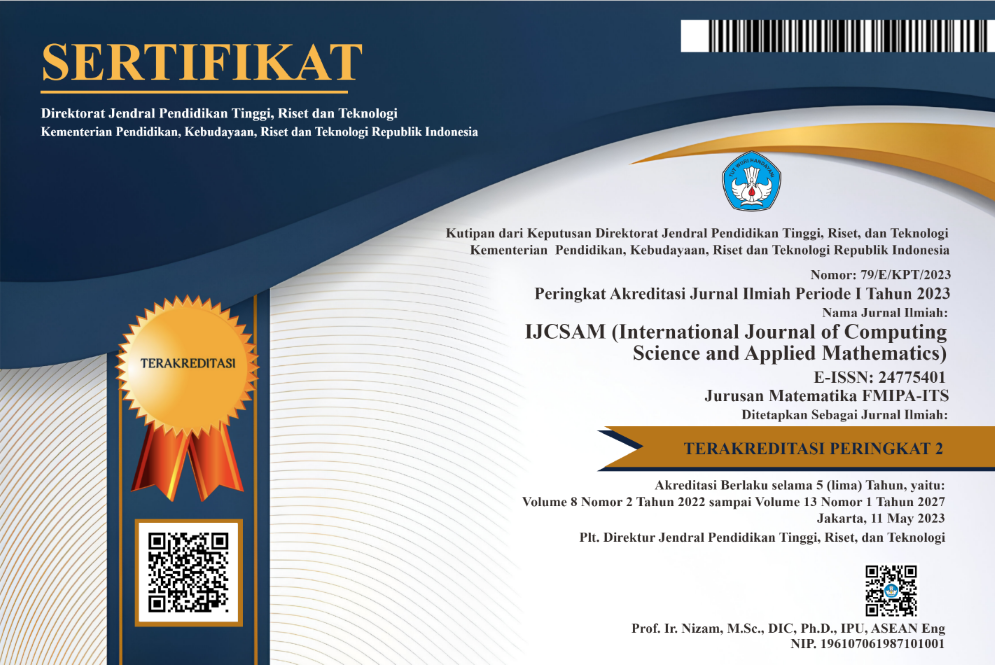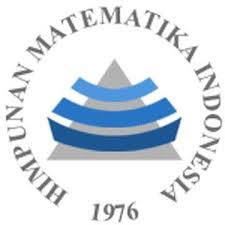Texture-Based Woven Image Classification using Fuzzy C-Means Algorithm
Abstract
Keywords
Full Text:
PDFReferences
T. Nguyen, A. Khosravi, D. Creighton, and S. Nahavandi, “Medical data classification using interval type-2 fuzzy logic system and wavelets,” Applied Soft Computing, vol. 30, pp. 812–822, 2015.
C. Perez, J. Saravia, C. Navarro, D. Schulz, C. Aravena, and F. Galdames, “Rock lithological classification using multi-scale gabor features from sub-images, and voting with rock contour information,” International Journal of Mineral Processing, vol. 144, pp. 56–64, 2015.
E. Pusparini, B. Setiyono, and D. Sulistyaningrum, “Bullets defect detection based on digital image processing using line detection and fuzzy sets,” Global Journal of Pure and Applied Mathematics, vol. 11, no. 4, pp. 2215–2222, 2015.
R. Carmona, W.-L. Hwang, and B. Torresani, Practical Time-Frequency Analysis: Gabor and wavelet transforms, with an implementation in S. Academic Press, 1998.
J. Raheja, S. Kumar, and A. Chaudhary, “Fabric defect detection based on glcm and gabor filter: A comparison,” Optik, vol. 124, no. 23, pp. 6469–6474, 2013.
D. Sulistyaningrum, B. Setiyono, J. Anita, and M. Muheimin, “Measurement of crack damage dimensions on asphalt road using gabor filter,” in Journal of Physics: Conference Series, vol. 1752, no. 1, 2021, p. 012086.
K.-L. Mak, P. Peng, and K.-F. Yiu, “Fabric defect detection using multilevel tuned-matched gabor filters,” Journal of Industrial & Management Optimization, vol. 8, no. 2, p. 325, 2012.
J. Bezdek, R. Ehrlich, and W. Full, “Fcm: The fuzzy c-means clustering algorithm,” Computers & geosciences, vol. 10, no. 2-3, pp. 191–203, 1984.
Z. Ji, Y. Xia, Q. Chen, Q. Sun, D. Xia, and D. Feng, “Fuzzy c-means clustering with weighted image patch for image segmentation,” Applied soft computing, vol. 12, no. 6, pp. 1659–1667, 2012.
DOI: http://dx.doi.org/10.12962%2Fj24775401.v8i1.9588
Refbacks
- There are currently no refbacks.
View My Stats

International Journal of Computing Science and Applied Mathematics by Pusat Publikasi Ilmiah LPPM, Institut Teknologi Sepuluh Nopember is licensed under a Creative Commons Attribution-ShareAlike 4.0 International License.
Based on a work at https://iptek.its.ac.id/index.php/ijcsam.






